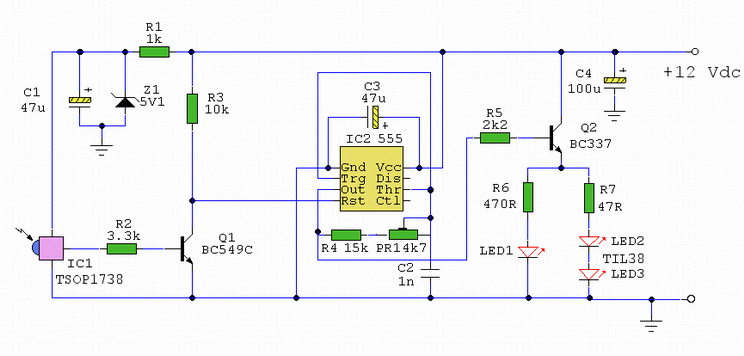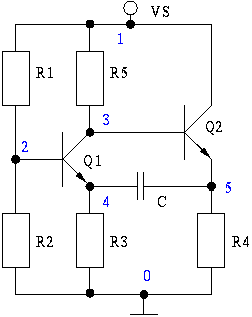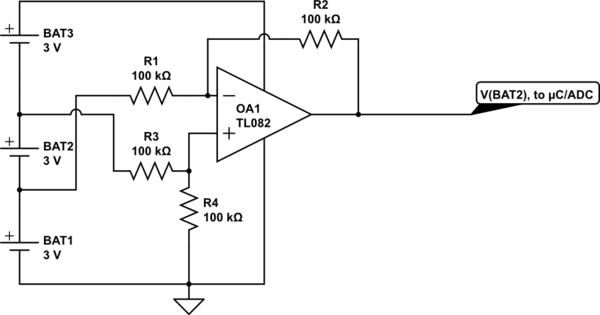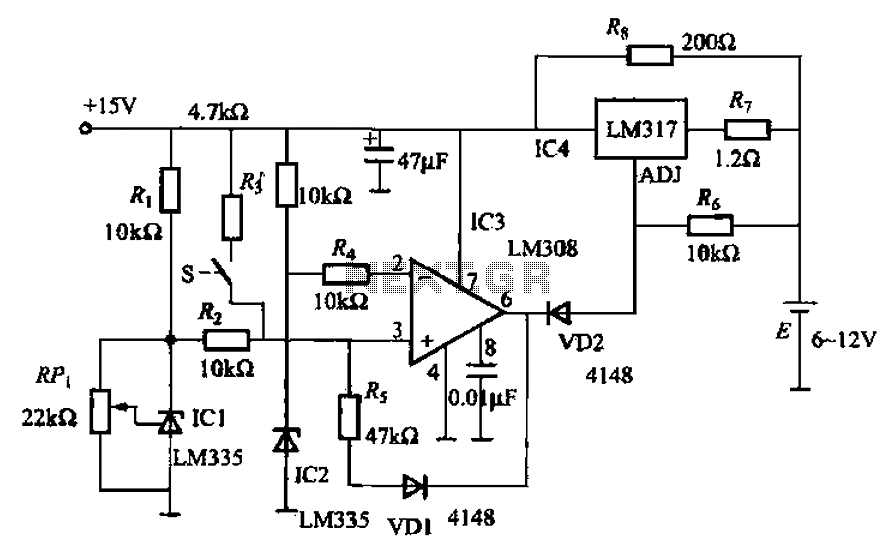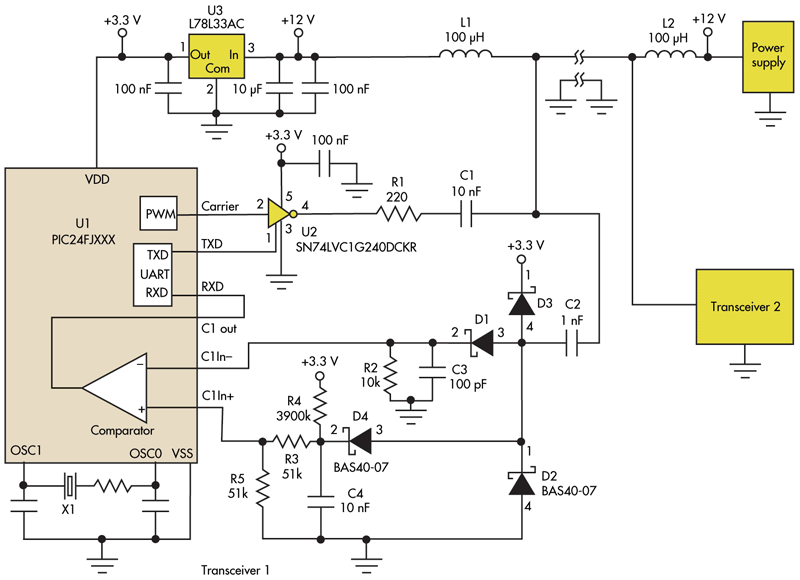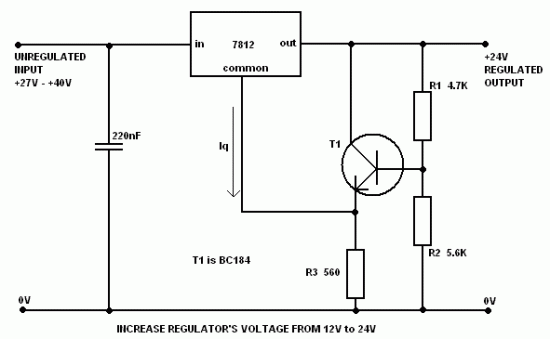
555 jewelry small electronic circuit diagram
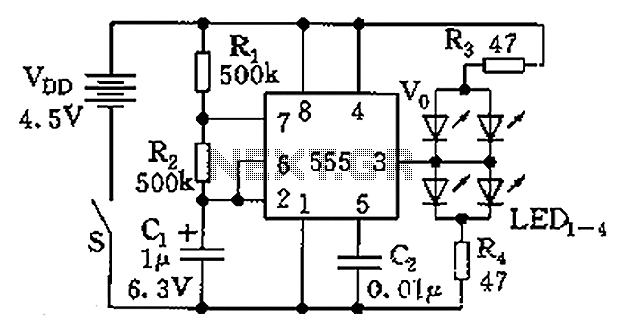
The circuit consists of a 555 timer and a light-emitting diode (LED) array. The 555 timer, along with resistors R1, R2, and capacitor C1, forms an astable multivibrator configuration. The oscillation frequency is calculated using the formula f = 1.44 / ((R1 + 2R2) * C1), resulting in a vibration frequency of approximately 2 Hz, causing the LEDs to flash twice per second. Different colors of light-emitting diodes, labeled LED1 to LED4, can be selected to enhance the visual effect. Resistors R3 and R4 serve as current limiting resistors.
The described circuit utilizes the well-known 555 timer IC, which functions in an astable mode to produce a continuous square wave output. The output frequency is determined by the values of R1, R2, and C1. In this configuration, R1 and R2 are connected in series with the discharge pin and threshold pin of the 555 timer, while C1 is connected between the threshold pin and ground. The charging and discharging of C1 through R1 and R2 creates a repeating cycle of high and low output states, resulting in a flashing effect for the connected LEDs.
The choice of resistors R3 and R4 is crucial as they limit the current flowing through the LEDs, preventing damage due to excessive current. The selection of different colored LEDs allows for a variety of visual effects, as each LED may have different forward voltage requirements and luminosities. The circuit can be powered by a standard power supply, typically in the range of 5V to 15V, depending on the specifications of the 555 timer and the chosen LEDs.
To enhance the circuit's performance and reliability, it is advisable to use decoupling capacitors across the power supply pins of the 555 timer to filter out any noise that may affect the timing accuracy. Additionally, incorporating a potentiometer in place of R2 could allow for adjustable frequency settings, providing further versatility in the flashing rate of the LEDs. Overall, this circuit is an effective and straightforward implementation of a flashing LED display using a 555 timer, suitable for various applications in decorative lighting and signaling. Circuit as shown by 555 and the light emitting tube. 555 and R1, R2, C1 composition astable multivibrator, the oscillation frequency f 1.44/(R1 + 2R2) C1, the vibration frequen cy of about 2Hz, flashes twice per second. If LED1 ~ LED4 choose different colors of light-emitting diodes, add luster. R3, R4 current limiting resistor.
The described circuit utilizes the well-known 555 timer IC, which functions in an astable mode to produce a continuous square wave output. The output frequency is determined by the values of R1, R2, and C1. In this configuration, R1 and R2 are connected in series with the discharge pin and threshold pin of the 555 timer, while C1 is connected between the threshold pin and ground. The charging and discharging of C1 through R1 and R2 creates a repeating cycle of high and low output states, resulting in a flashing effect for the connected LEDs.
The choice of resistors R3 and R4 is crucial as they limit the current flowing through the LEDs, preventing damage due to excessive current. The selection of different colored LEDs allows for a variety of visual effects, as each LED may have different forward voltage requirements and luminosities. The circuit can be powered by a standard power supply, typically in the range of 5V to 15V, depending on the specifications of the 555 timer and the chosen LEDs.
To enhance the circuit's performance and reliability, it is advisable to use decoupling capacitors across the power supply pins of the 555 timer to filter out any noise that may affect the timing accuracy. Additionally, incorporating a potentiometer in place of R2 could allow for adjustable frequency settings, providing further versatility in the flashing rate of the LEDs. Overall, this circuit is an effective and straightforward implementation of a flashing LED display using a 555 timer, suitable for various applications in decorative lighting and signaling. Circuit as shown by 555 and the light emitting tube. 555 and R1, R2, C1 composition astable multivibrator, the oscillation frequency f 1.44/(R1 + 2R2) C1, the vibration frequen cy of about 2Hz, flashes twice per second. If LED1 ~ LED4 choose different colors of light-emitting diodes, add luster. R3, R4 current limiting resistor.
